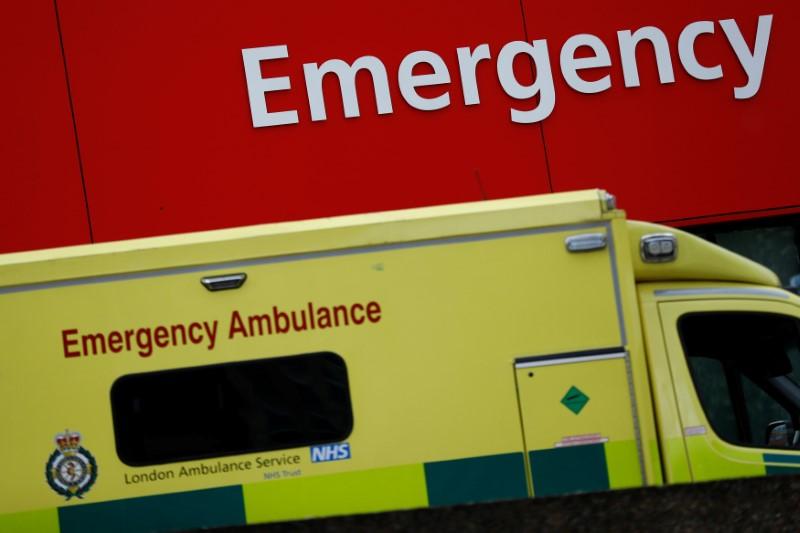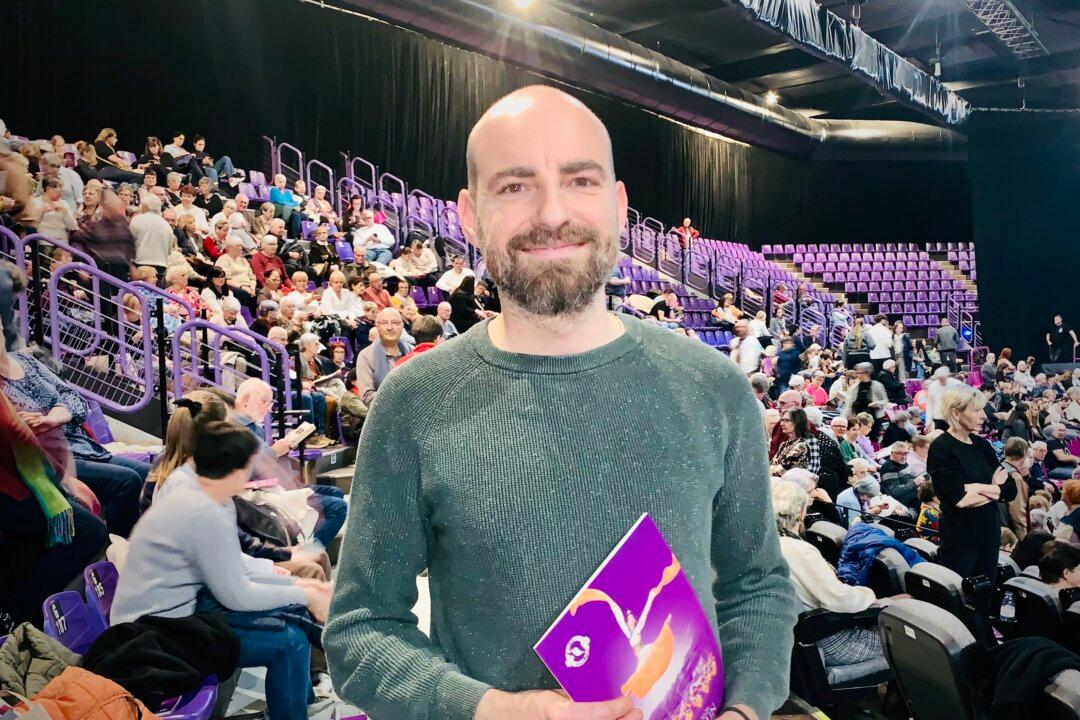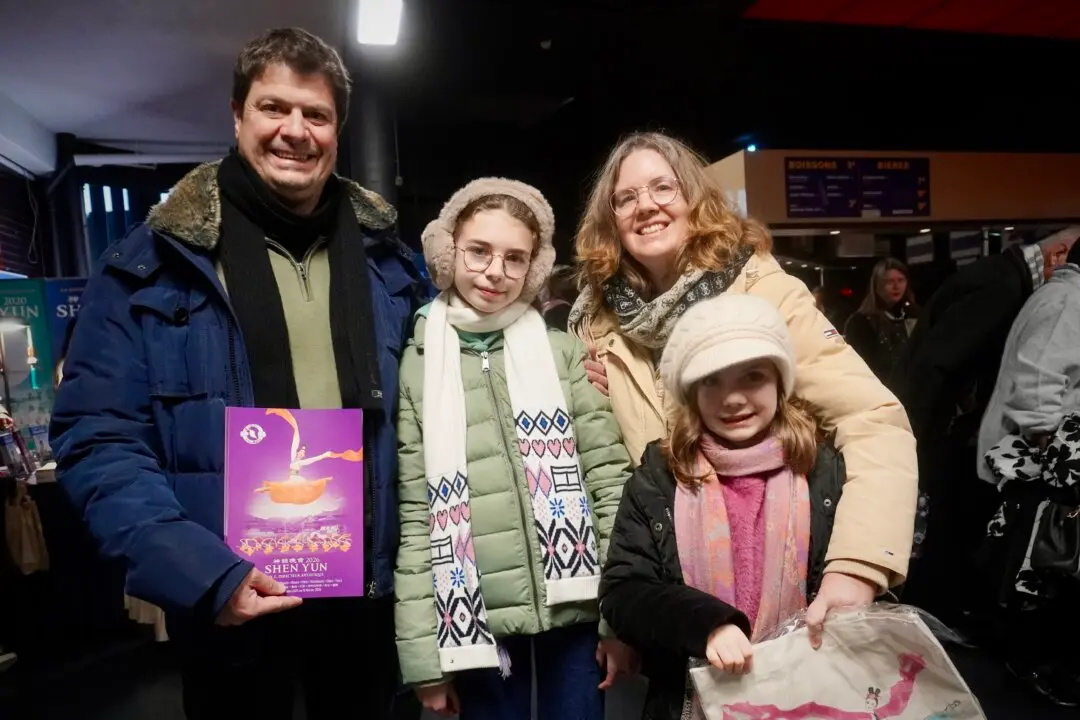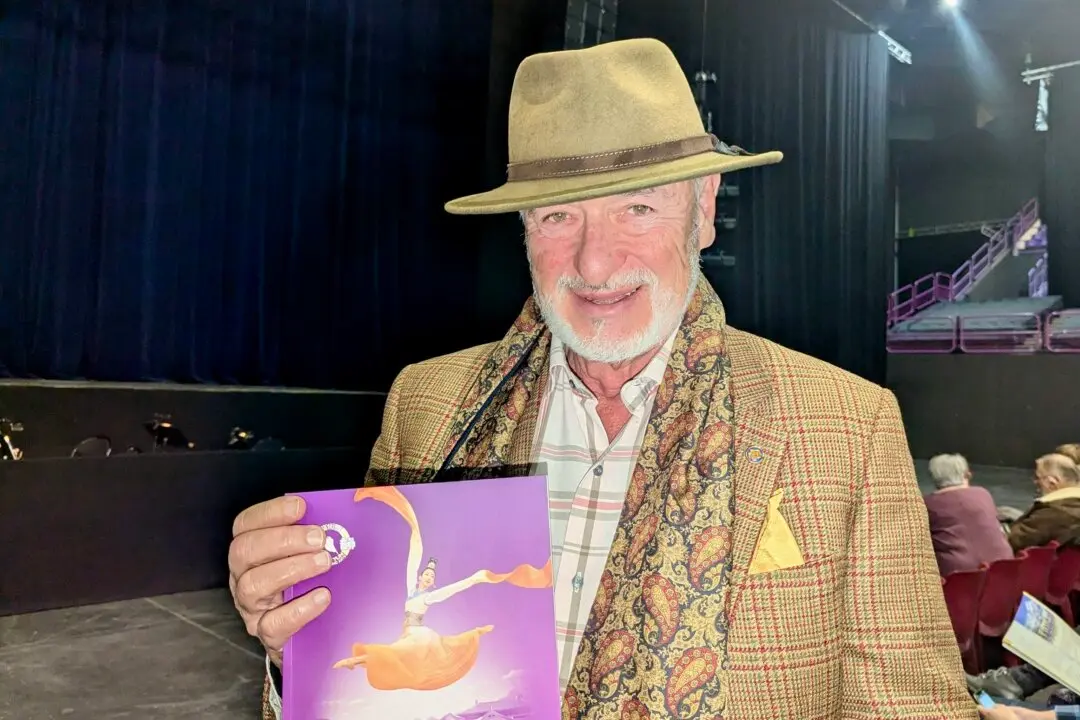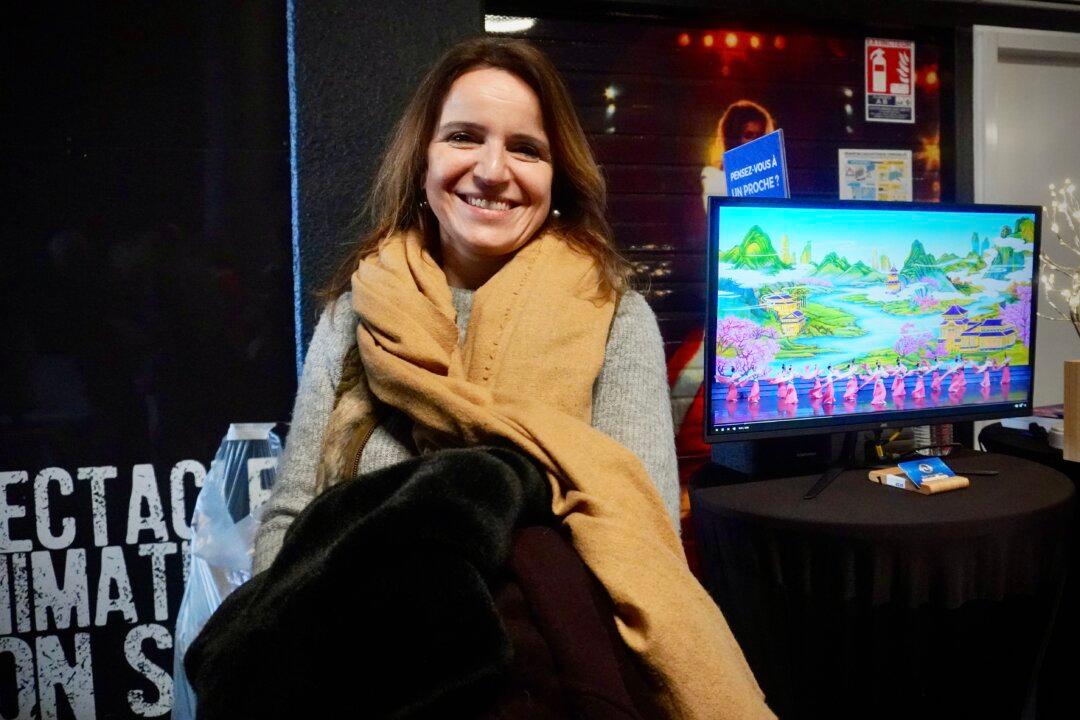An elderly couple died holding hands in a rare double euthanasia in the Netherlands, according to media reports.
Nic and Trees Elderhorst, both 91, have suffered from deteriorating physical health in recent years. The two have been married for more than 65 years, according to The Telegraph.
“It soon became clear that it could not wait much longer,” the couple’s daughter was quoted by The Telegraph as saying. “The geriatrician determined that our mother was still mentally competent. However, if our father were to die, she could become completely disoriented, ending up in a nursing home.”
In 2002, the Netherlands became the first country to legalize euthanasia.
“It’s factually a coincidence when both people meet the demands for euthanasia at the same time,” said Dick Bosscher of the Dutch Association of Voluntarily Life Ending. “Dual requests are therefore rarely granted.”
Euthanasia and assisted suicide are illegal under U.K. law and in most of the United States.
Here are four common criticisms of euthanasia, according to the University of Tennessee at Martin professor James Fieser’s “Moral Issues that Divide Us:”
1. The wrongness of intentional killing: Active euthanasia is wrong because it is deliberate killing, and societies throughout history have condemned killing others intentionally. A criticism of this argument is that there are many exceptions to the prohibition against killing, particularly in cases of self-defense, war, and capital punishment. There are good reasons to recognize active euthanasia as another exception.
2. Slippery slope: Euthanasia will lead to abuses, and ultimately result in actively euthanizing people against their wills. While in some situations it may be tempting to put someone out of his or her misery through active euthanasia, society will get accustomed to the idea of killing people to solve problems. Eventually euthanasia will be permitted in non-end-of-life situations, that is, where a person is not terminally ill, or in intense pain, or voluntarily requests it. Those most susceptible to euthanasia abuses will be the most helpless and vulnerable members of society. A criticism of this argument is that, as with any public policy, abuses with euthanasia can be reduced by enacting strict guidelines. At minimum, such guidelines would require that the above three end-of-life conditions be met.
3. Possible recovery: Euthanasia is wrong because we cannot tell for certain if a person’s condition is really hopeless. There is always the possibility of some recovery, such as through a spontaneous remission or a new cure, or even a mistaken diagnosis. While this may be infrequent, it is not worth risking the lives of those who might be lucky enough to recover. A criticism of this argument is that it wouldn’t rule out situations in which the patient’s prognosis has been checked and rechecked and all available options have been reconsidered. Again, a strict enough set of guidelines could virtually eliminate cases of possible recovery.
4. No assurance of voluntariness: Even if patients appear to authorize euthanasia, we cannot be sure that their consent is truly voluntary. They might not be in the proper state of mind to fully understand the options. Worse yet, they might be influenced by the preferences of family members who want to be free from the expense and burden of continued treatment. A criticism of this argument is that in many cases we can be sure of voluntary consent, particularly when patients make advance arrangements and repeated requests. Again, strict guidelines can reduce this possibility.
